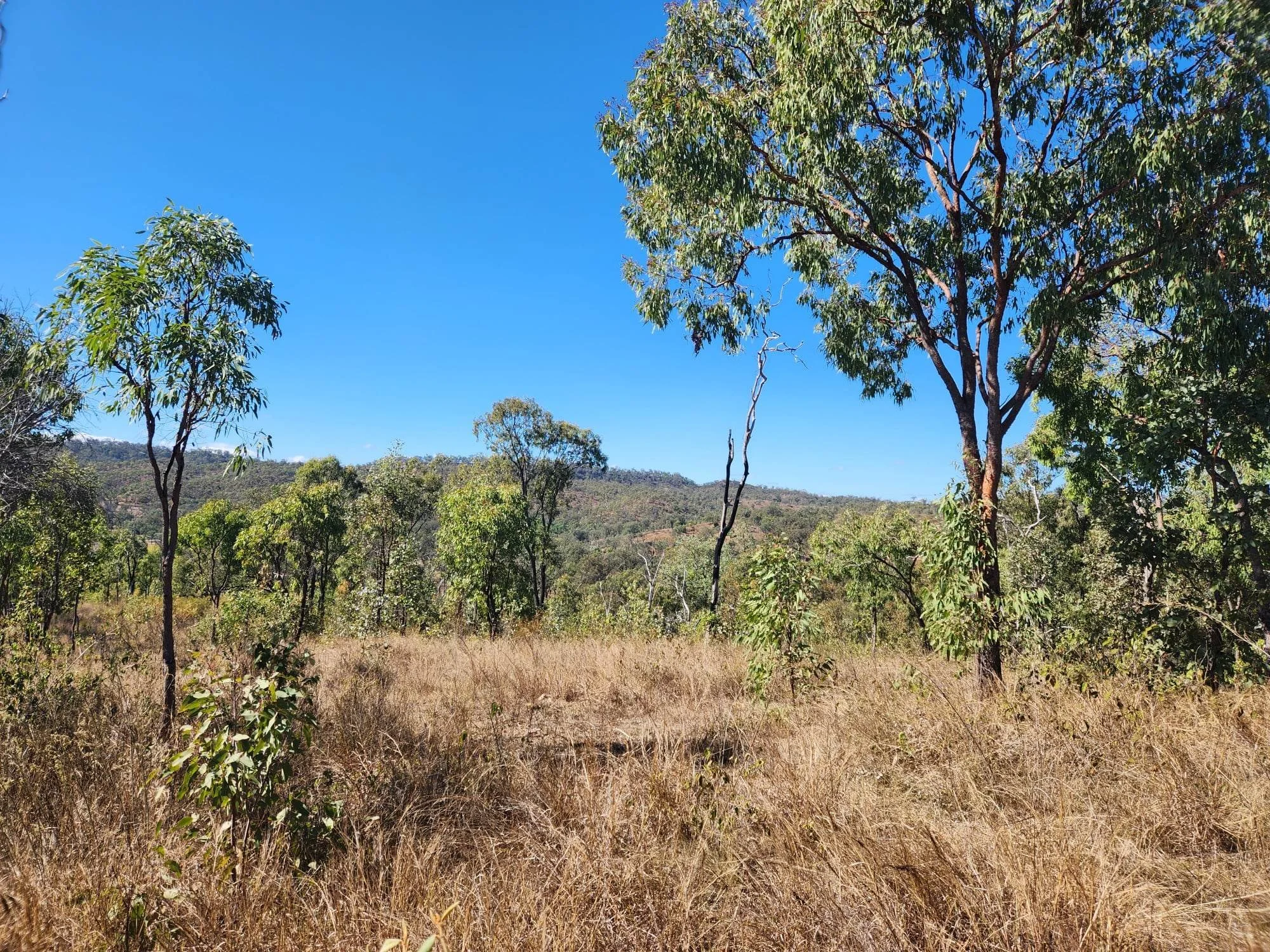Koolawarra 2.
Native Vegetation Asset Account.
Environmental Account: AU00089
Environmental Asset: Native Vegetation
Asset Account ID: AU00089V1
Registration Date: 4 December 2024
Certification date: 08 July 2025
Certification pathway: AfN Verified
Purpose: Restore native vegetation through revegetation to enhance habitat for threatened species and support ecosystem recovery
Current land use: Revegetation
Area: 30.9 ha
Method: AfN-METHOD-NV-06
Asset Account snapshot.
Asset summary.
Asset statement.
-
4 December 2024- Registration Date
-
08 July 2025 - Certification date
Update – 16 July 2025
As part of AfN’s routine internal review processes, a calculation error was identified in the certified Econd®. The error was corrected and published on 24 July 2025.
Significant outcomes.
The overall Environmental Account Asset Econd® score was calculated to be 19.6. As this is a baseline account, this score is not unexpected. At the time of baseline data collection, the asset account area was being prepared for revegetation activities (direct seeding and hand planting). The land use had previously been cropping with little existing remnant vegetation within the sites. The ground preparation required for planting includes removing all vegetative ground cover that would create competition and impede planting machinery. Ground cover was removed through grazing, harrowing and burning. As a result, many of the measured composition indicators related to ground, tree and shrub cover produced a score of 0 as they are being compared to benchmark data for grassy woodland sites. The indicators that created positive scores in the Econd® included the non-native plant cover, which was close to 0 due to the site having weeds removed as part of the revegetation ground prep. Another positive indicator was litter cover as there was a minimal amount of residual organic material throughout both assessment units.
This Account has been designed to measure and track the change in condition of an Environmental Planting project. The project is intended to restore the cleared site to a box-gum grassy woodland. The Econd® determined in this report is a baseline of the project, prior to the commencement of planting activities. It is expected that the Asset Econd® will increase following revegetation activities.
Limitations & disclosures.
Permanent sample sites: As the site is preparing for revegetation activities, permanent monitoring sites could not be established as it would interfere with the machinery required for revegetation. To minimise the impact of this, GPS coordinates were recorded for each star picket location at every sample site. These coordinates and the photos taken at each picket will be used to establish permanent monitoring sites during the next data collection period (likely less than 12 months after baseline collection). By this time, revegetation activities will have concluded, and star pickets will not interfere with the ongoing maintenance activities.
Reference Benchmarks: There were limitations in the availability of Reference Condition Benchmark data. The composition benchmark data that is advised for use in the Method for accounts in NSW does not provide the complete data set required for the composition indicators in the Method. The missing indicators include:
· Tree canopy height (m)
· Sub-canopy height (m)
· Sub-canopy cover (%)
Alternative NSW Government data sources and Expert opinion were utilised for each PCT to provide appropriate benchmark scores for the missing indicators. The sub-canopy indicators were scored as 0 due to this indicator being naturally absent from the sub-assets. PCT74 is a woodland dominated by Yellow Box and River Red Gum, which form the canopy layer. There is unlikely to typically be a true sub-canopy layer within this PCT. PCT53 is also unlikely to contain a sub-canopy layer as it is a wetland formation dominated by sedgeland/grassland with scattered (emergent) River Red Gum.
Environmental markets.
Australian Carbon Credit Unit (ACCU) Scheme project, registered with the Australian Clean Energy Regulator. More information can be found here:

Environmental Account.
Learn more about the Environmental Account.








